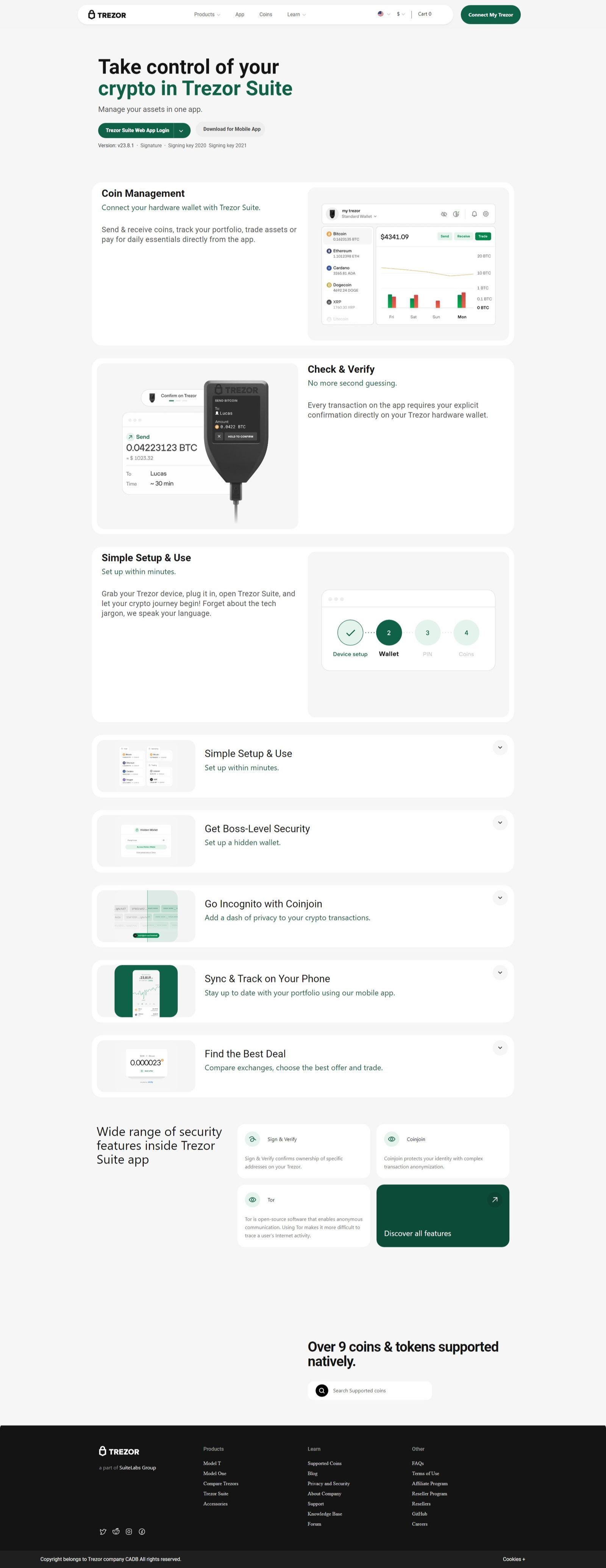Understanding Trezor Bridge: A Seamless Link Between Your Browser and Hardware Wallet
In the rapidly evolving landscape of cryptocurrency, security remains paramount. Hardware wallets like Trezor have long been hailed as one of the safest means of storing digital assets. Yet, for such devices to function optimally, they require an efficient medium to communicate with desktop applications and web interfaces. This is precisely where Trezor Bridge emerges as an indispensable component.
What is Trezor Bridge?
Trezor Bridge is a lightweight software that acts as a communication channel between your Trezor hardware wallet and supported browsers. Unlike browser extensions that may present compatibility challenges or require constant updates, Trezor Bridge operates as a background service on your operating system. It seamlessly facilitates secure interactions between your device and web-based wallets or decentralized applications (dApps), ensuring your private keys never leave the hardware.
Essentially, it replaces the older Chrome and Firefox extensions that Trezor previously relied upon. This shift was not arbitrary; it stems from the necessity to enhance compatibility, user experience, and security simultaneously. The Bridge allows your browser to detect and communicate with your Trezor device, regardless of frequent browser updates that might otherwise disrupt plugin functionality.
How Does It Work?
Trezor Bridge runs a local service on your computer, listening on specific ports. When you access a Trezor-compatible website—such as the Trezor Wallet interface—the site can send commands to your hardware device via this local service. This architecture ensures that:
- Your private keys remain isolated on the hardware wallet, never exposed to your computer’s internet-facing applications.
- The communication is direct and authenticated, mitigating the risk of phishing attempts or malicious intermediaries.
- Updates to browser architectures have minimal impact, as the communication relies on the Bridge, not volatile browser APIs.
Moreover, Trezor Bridge is designed with cross-platform support, running on Windows, macOS, and Linux, thus catering to a broad user base.
Why Should You Use Trezor Bridge?
Aside from its evident security benefits, Trezor Bridge streamlines the user experience. It eradicates the headaches often associated with browser extension deprecation, incompatibility, or erratic updates. By offloading the communication responsibilities to a dedicated service, it enhances stability and reliability.
Additionally, Trezor continues to refine Bridge with optimizations and security patches. Users benefit from automatic updates, which means the software evolves alongside emerging threats and new technical standards without demanding proactive user intervention.
Final Thoughts
As cryptocurrencies become more mainstream, the importance of robust, user-friendly infrastructure cannot be overstated. Trezor Bridge exemplifies this philosophy by providing a secure, efficient, and future-proof conduit between hardware wallets and browser environments.
For anyone serious about safeguarding their digital wealth, integrating Trezor Bridge into their security arsenal is not merely advisable—it’s essential. It encapsulates the perfect synergy of cutting-edge cryptographic security and seamless usability, enabling users to transact with confidence in an increasingly complex digital world.
Made in Typedream
